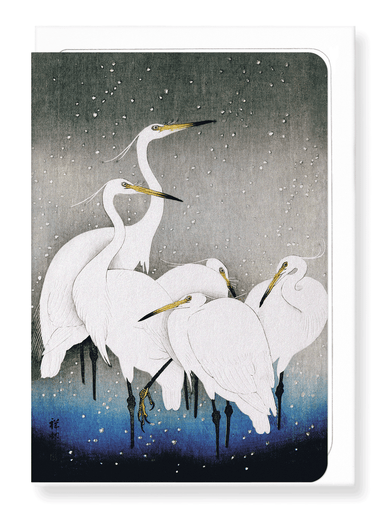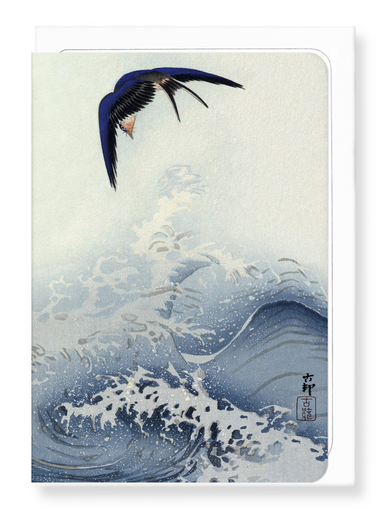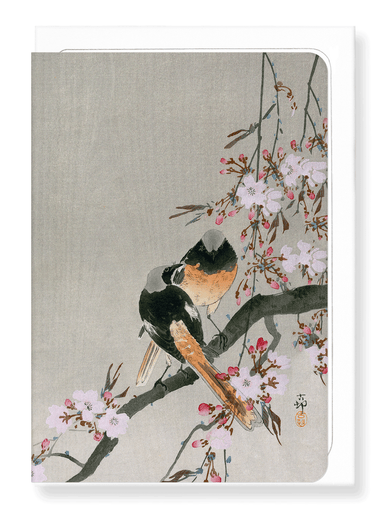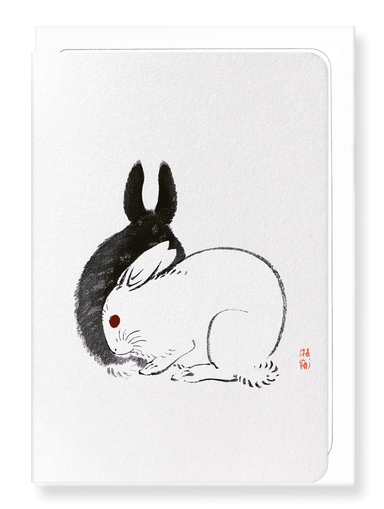Greeting card
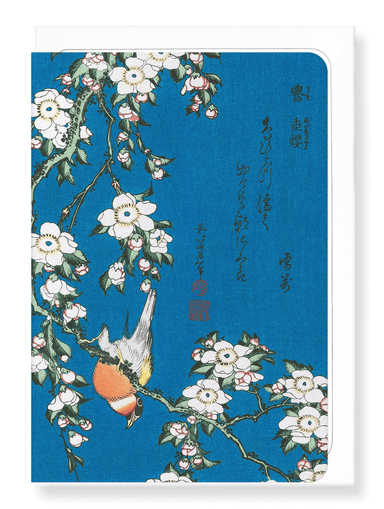
BULLFINCH AND DROOPING CHERRY
Text on the reverse side:The haiku poem reads: “A single bird emerges, drenched by dew from morning cherry blossoms.” Depicting the calm scene of n...
View full details







